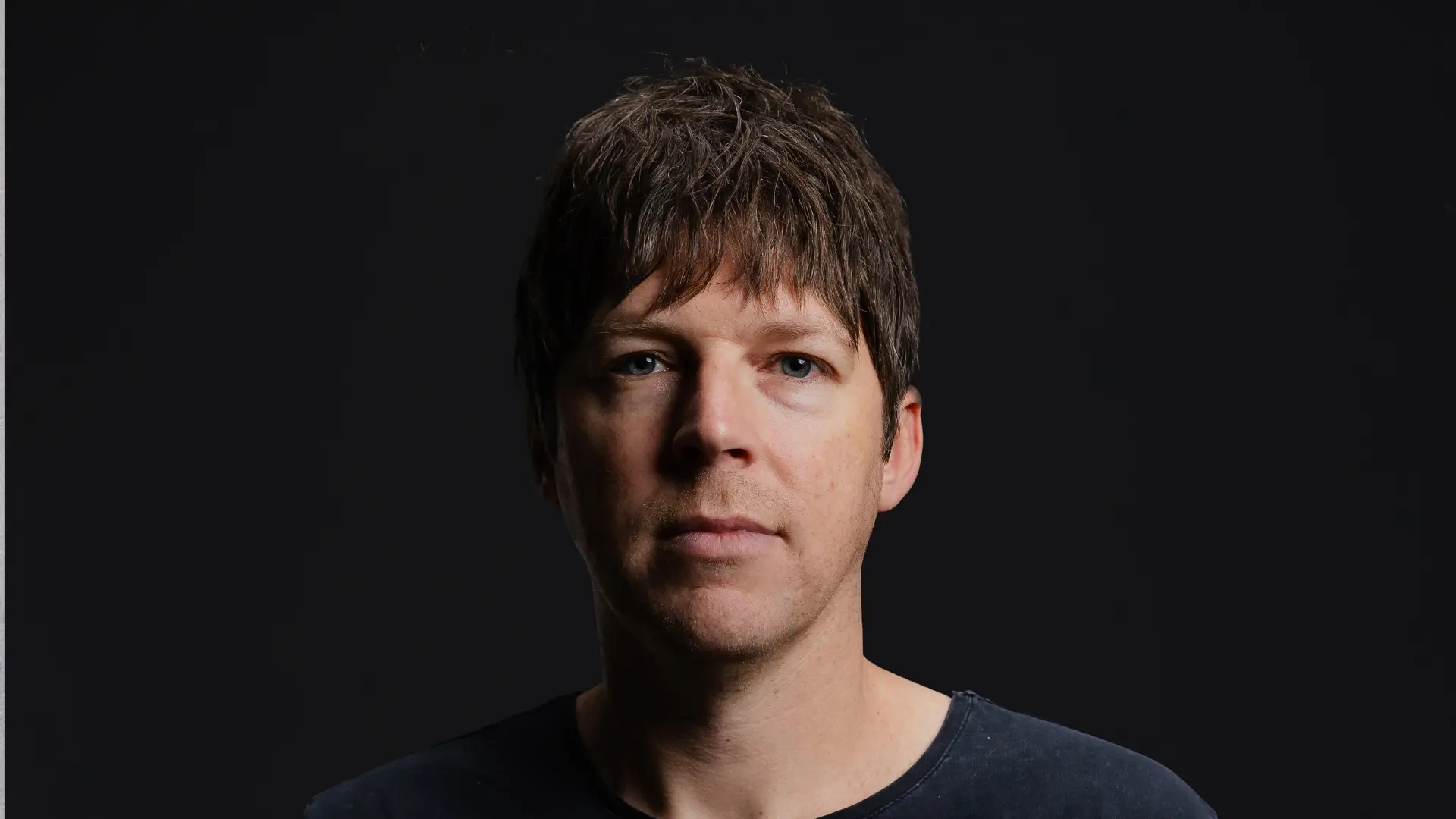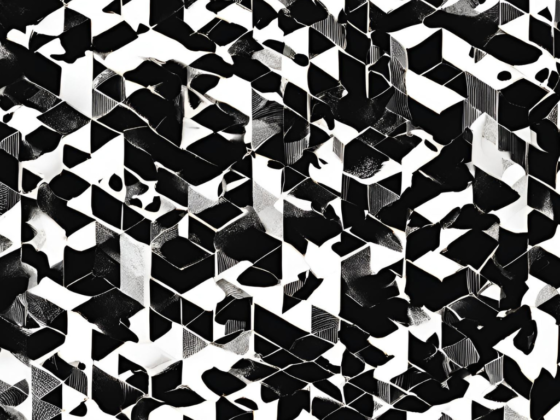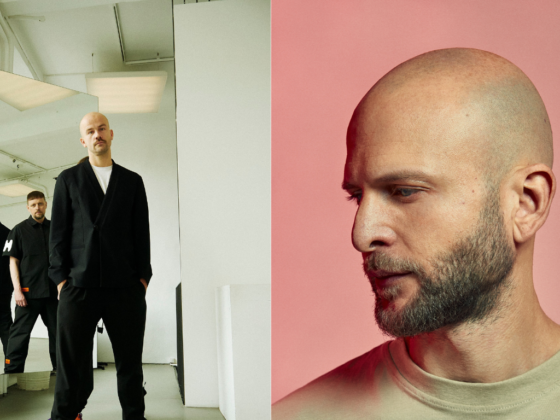
We dive deep with Matter on his sophomore album We Are Here. (Scroll down to bottom of article to listen to a mixed version of the album.)
Since COVID, the rise of Melbourne-based label Meanwhile Recordings has marked a defining moment in the progressive house scene. Helmed by Gavin Griffin (GMJ) and Matthew Doyle (Matter), the label’s steady stream of high-quality releases secured it a spot in Beatport’s 2024 Top 5 best-selling progressive house labels, standing proudly alongside imprints like Mango Alley, Anjunadeep, and, shameless plug alert, Balance Music.
Featuring talents like Kasper Koman and Mike Rish, the label’s built around GMJ and Matter’s mint productions. Both are veterans of the Melbourne scene, now finally receiving global recognition for nearly three decades of dedication to a sound they’ve championed since its inception. That expertise shines through in Matter‘s sophomore full-length which doubles as the label’s first ever LP release.
On the surface, We Are Here is a sparkling 11-track release that’s a natural extension of the label’s sound: Clean progressive filled with majestic melodies, crafted to move the soul as much as your feet. However, like all art, once you’ve immersed yourself, it unfurls even further, revealing itself for subjective exploration.
Maybe through its blend of ambient, ethereal soundscapes and pristine beats, the album offers a reflective meditation on the spiritual journey. Each track serving as a waypoint, capturing unique emotional moments with an otherworldly and immersive quality. Or maybe, that’s just the interpretation this listener gleaned from it. What better way to steelman that theory than by going straight to the source and sitting down with Matter himself to discuss the creation of We Are Here.
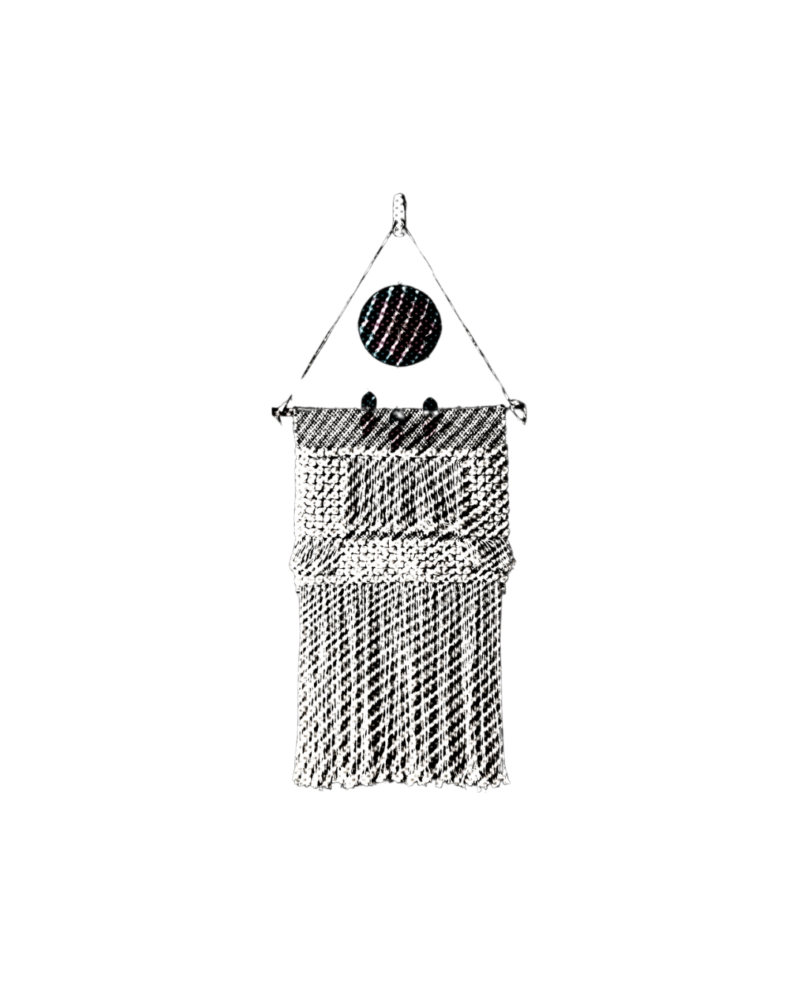
Matt invited us to join him at his family home, a peaceful retreat tucked far enough from Melbourne’s CBD to offer tranquility, where he lives with his wife and two children. We were greeted by a jovial Matt, whose relaxed demeanor was a refreshing contrast to the typical work-from-home vibe. “I’m stepping away from working from home today to chat with you,” he quipped.
Inside, the festive atmosphere was undeniable—a Christmas tree stood tall atop a pile of presents, and a gingerbread house adorned the kitchen table, clear indicators of a household fully embracing the holiday season. “We’ll be hosting the extended family this year,” Matt shared, his tone remarkably free of holiday stress.
And why not? After a year filled with milestones, it’s a calmness well-earned. His sophomore LP stands as a crowning achievement, alongside the success of Meanwhile Recordings and the highly praised joint label showcase with Vapour at ADE.
Featuring an impressive lineup of Australian producers and international guests, that joint event was widely regarded as a conference highlight. Matt credits its success to the personal connections shaping it: “It’s such a joy to collaborate with close friends and some amazing Australian talent. ADE is always a highlight of the year for me.”
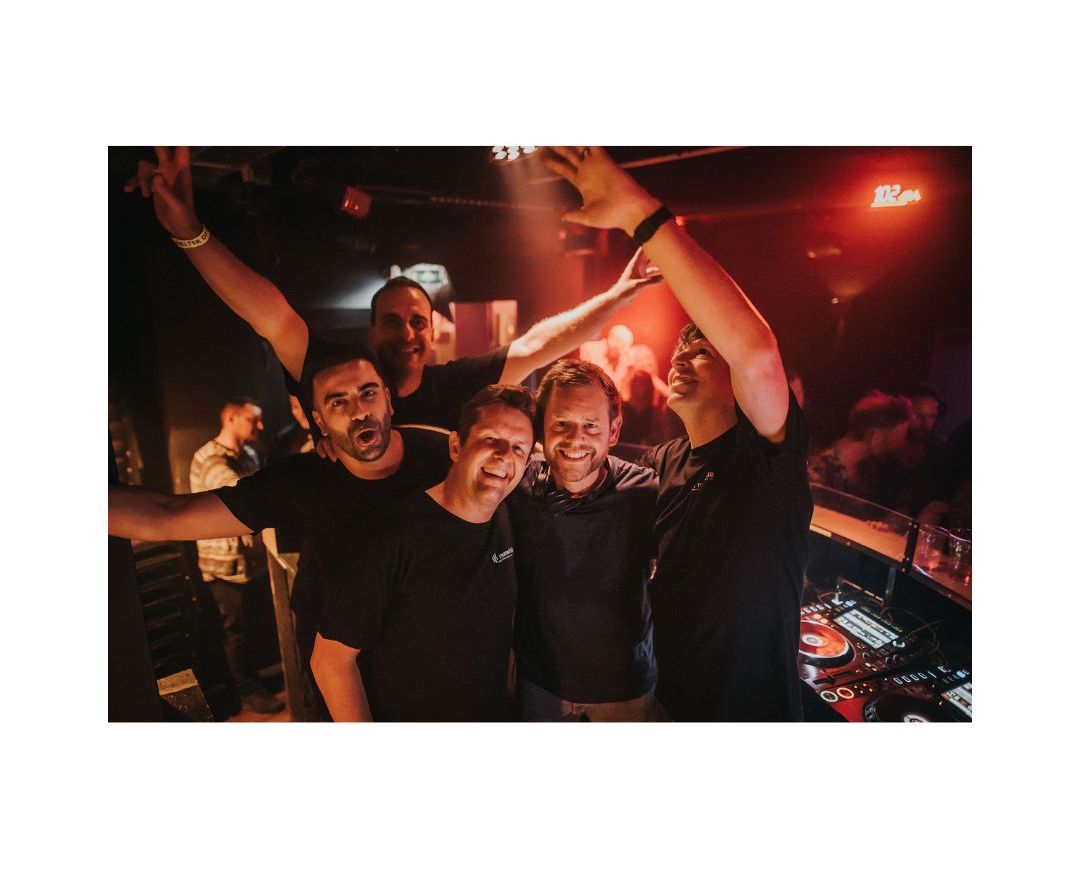
Unsurprisingly, GMJ & Matter‘s bookings are on the rise. Matt is already looking forward to upcoming shows in Sri Lanka—“The country has become a focal point for the scene”—and, of course, Balance Croatia, which he holds in special regard.
“The lineup is nothing short of spectacular. It’s surreal to see such an incredible collection of talent all in one place. Everyone I’ve spoken to about it has said the same thing: ‘I’m coming; no way I’m missing this.’” Yes, that sentiment checks out – we won’t be missing it either.
After exchanging more pleasantries and enjoying a quick glass of water, we make our way to Matt’s studio to make this interview official.
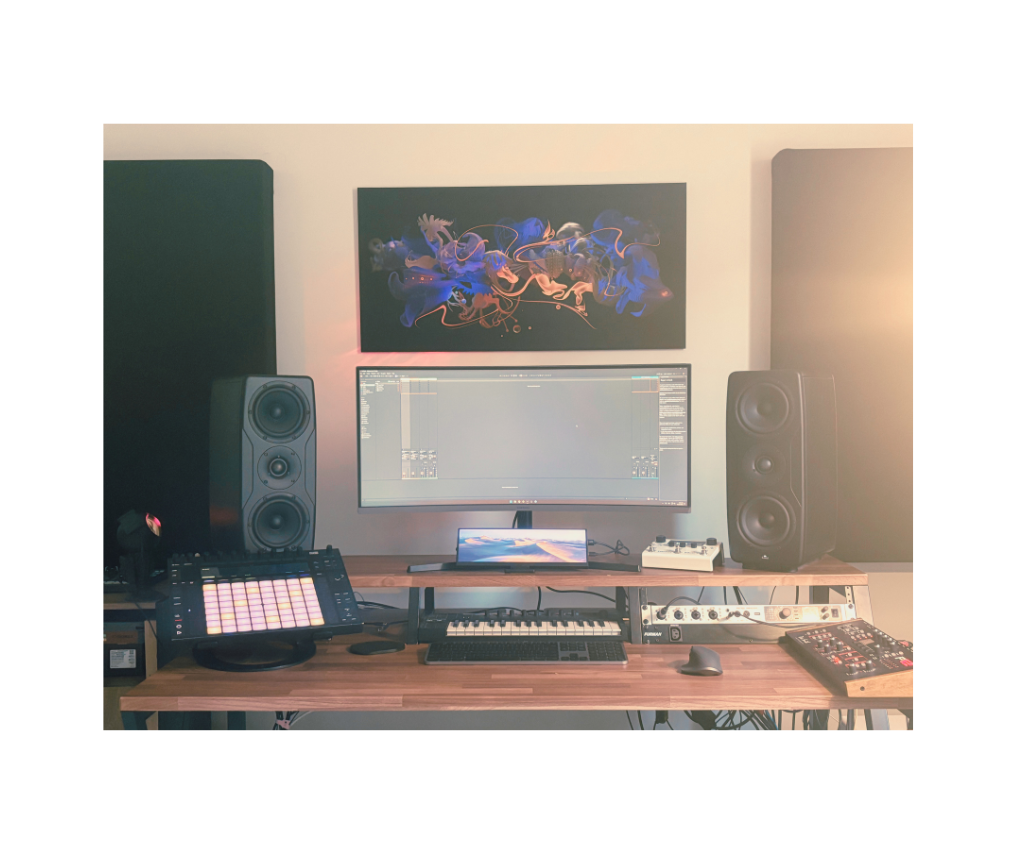
A spacious room inside his family home, Matt’s workspace is a delight. It radiates a freshness that feels brand new. “To be honest, I finally got it to this state about three months ago when I had some time off between jobs to finish it,” Matt admits.
The room strikes a balance between cutting-edge technology and personal touches. On the main desk sits a curved monitor surrounded by various pieces of hardware. Flanking the screen are two imposing IK Multimedia iLoud Precision MTM monitors, sleek, towering pieces of technology that resemble miniature versions of the monolith from 2001: A Space Odyssey. It’s a purchase inspired by a fellow producer. “I bought these bad boys on Mike Rish’s recommendation, and they’re fucking incredible,” Matt says with a grin.
A quick demonstration confirms it: delicious highs; warm lows. They are incredible.
Sound insulation and bass traps are strategically placed along the walls, their sleek foam designs adding a touch of modern artistry, while the soft green of scattered plants brings a natural balance to the room. Neatly arranged trinkets and ornaments complete the area. In short, this is a safe space for creativity.

For Matt, creativity is spontaneous and unpredictable, often arriving without warning. Balancing a full-time job, family, and a busy schedule, he’s mastered the art of acting decisively when inspiration strikes.“The trick is to have everything set up and ready,” he explains, highlighting his gear, including the Prophet Rev2, Moog Little Phatty, and Virus TI Snow.
With his setup seamlessly connected to a single button for swift start-up, he’s always prepared to capture ideas whenever they emerge. It’s a studio designed for spontaneity. “Just the other day, I was watching a movie, and two chords sparked something. Minutes later, I was in the studio building a track,” he shares with a laugh.
A centerpiece of his setup is his Eventide H90 guitar pedal, an essential tool for shaping his sound. “This thing is wild,” he says gesturing to the unit.
“It transforms anything you feed into it into something completely unexpected. I’ll run a simple sine wave through it, and it’ll come out sounding like nothing I could have imagined.”
The H90 adds depth to tracks with its layers of reverb, delay, and distortion, introducing an element of unpredictability that keeps his process fresh.
However, not all of the gear is new—some pieces have been with him for years. “The Prophet Rev2 is definitely a staple right now. That Dave Smith sound, it’s just so warm and powerful. Running it through the H90 makes for a unique experience every time,” Matt says. His equipment reflects his creative mindset—unpredictable yet intentional. It’s a philosophy he’s honed since his early years.

Those initial steps began with the influences of his parents, both from the UK, who introduced him to the soft rock of bands like Foreigner and Chicago. “In 1982, I remember this cassette tape my dad had—it was filled with these over-processed snares and pure love songs. It’s such a nostalgic vibe, reminding me of car journeys and a world without problems,” he reminisces.
It was through them that he became infatuated with Frankie Goes to Hollywood’s ‘Relax‘. “If you listen to that now, it’s like early progressive house. That structure, those beats—it’s all there.”
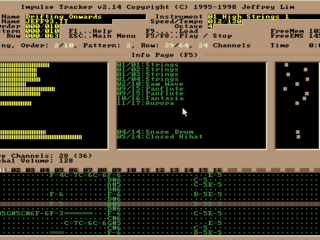
As an early adopter of internet culture, Matt explored dial-up bulletin boards at just 13-years-old. That’s where he discovered Impulse Tracker. “It was wild,” he recalls. “You’d create music by coding with hex numbers scrolling vertically up the screen, using tiny 8-bit samples.”
Pulling up a screenshot of the program, its retro, text-heavy interface looks straight out of a mid-’90s hacker movie. Without the resources of tutorials or YouTube, Matt reverse-engineered tracks to teach himself: “I’d load up their songs, dissect what they did, and try to emulate it. That’s how I learned.”
Later, he discovered that Guy J also started producing with the same software.
Though the grunge wave of the mid-’90s defined the musical tastes of his teenage peers, he found his attention drawn to the radio-friendly trance of tracks like Robert Miles‘ ‘Children’.
“Hearing that, it just clicked,” he recalls. “There was something so beautiful and unique about it. I knew electronic music was my path, even if no one else around me understood it. That was the moment I kind of broke away from my original friendship group.”
That path led to his first transformative clubbing experience at age 16: Every Picture Tells A Story, a massive proto-rave held at Melbourne’s Altona Sports Leisure Centre.
“I didn’t know anything about this culture or this world. Frankie Knuckles was playing, though,” he recalls. “At the time, I had no idea who he was!”
The night was overwhelming, from the relentless energy of the music—“super fast BPM, pretty hard, lots of techno”—to the mesmerizing sight of the Melbourne Shuffle, complete with talcum powder dusting the dancefloor for smoother moves. “It was a whole new world I’d never seen before. I was hooked.”
Matt entered his twenties embarking on a five-year stint in London, where iconic clubs like Turnmills became his sanctuaries.
“It was a pilgrimage,” he reflects. “Every Friday at The Gallery was like church. I’d be there from open to close, soaking up everything.” Turnmills’ dual-room setup, often featuring trance in one room and house in the other, shaped his evolving taste.
“I’d go for the trance but always end up in the house room. Maybe that’s where my love for progressive comes from—it’s somewhere in between house and trance, right? It’s in the middle.”
The Aussie Dutch Prog Hub Alliance
Being Matt in the Middle keeps him grounded and creatively honest. He’s one-third of a friendly tripod alongside Alex O’Rion and GMJ, both of whom are central to his creative process. “We have a group chat called the Aussie Dutch Alliance, and it’s filled with memes and banter,” Matt shares with a smile. “Sometimes my wife jokes that I talk to my music friends more than her!”
The trio thrives on collaboration, constantly exchanging music via Dropbox links and providing raw, unfiltered feedback. “We’re brutally honest with each other,” Matt says.
For instance, Alex might call out specific issues like a kick not working or a clap being too loud. It’s an open exchange of feedback that helps them refine each other’s productions and catch subtle problems, such as energy imbalances or overly sharp sounds, that might otherwise go unnoticed. Their collaborative input played a pivotal role in shaping We Are Here.
Early on, Matt shared proto-versions of his tracks with Alex and Gavin, allowing them to choose which ones to collaborate on. Alex gravitated toward ‘Moksha‘, a mesmerizing track with a ceremonial, almost spiritual melody.
Gavin contributed to ‘Conduits‘, which samples Chris Isaak’s ‘Wicked Game’ vocals into an unrecognizable, reverb-soaked tapestry of fragmented sound. The process behind ‘Conduits‘ highlights Matt’s openness to creative experimentation.
“Sometimes, I’ll find something and think, ‘That would be so cool in a track,’ and I’ll just chuck it in and see what happens,” he explains.
We Are finally Here: The Album
That open-ended approach is an album trademark: freeform style – less intentional, more intuitive. “It came together naturally,” he says. “I was initially trying to write a dancefloor banger, but nothing clicked. Instead, I started writing these gentle, melodic tracks, and before I knew it, I had a collection. So, I leaned into it—why fight it? Let’s make an album.”
Thank God he’s a pacifist. We Are Here is a delight, filled with melodies dancing across tight drum programming, calm samples appearing like smears of pastel paint before slowly dissipating into the ether.
Whether it’s the propulsive chord change of ‘Afterburn‘ or the cool breeze on a hot day that is ‘Stardew‘, this album feels whole. It doesn’t shy away from moments of introspection either: you can almost feel ‘Times Gone By‘ wrap its arms around you with a nostalgic embrace. By the time the major keys of ‘The Passage‘ fade into the curtain call, it’s hard not to feel emotionally moved.
Despite its laissez-faire approach, the album feels conceptually sequenced, with a deliberate flow that transitions from grounding to floating. Subtle cosmic hues emerge as the tracks unfold, guiding the listener through various spiritual landscapes.
The two lone ambient tracks on the album are strategically placed: ‘Coming Home’ opens the album, and ‘Things Beautiful’ marks the precies halfway point. Both are stunning, their automated ambience shimmering and flowing with a calming fluidity.
THE AUSSIE DUTCH ALLIANCE IN FULL EFFECT
Interestingly, the album’s sequencing might have been entirely different if not for advice from Alex O’Rion.
“Originally, I had that ambient track as track two or three,” Matt recalls. “But Alex suggested, ‘Let’s get into the album quicker. You already have an ambient track and a breaks track—let’s not go back to ambient. Let’s move into some beats, something gentle and flowing.’”
On the surface, this suggestion might seem minor, but its impact on the album’s overall flow is profound. “It made me rethink the sequence, and I think it works better now,” Matt reflects. The change also created a space in the middle of the album, acting as a quick circuit breaker before transitioning into the final stretch.
The breaks track Alex referenced is ‘Wombat Forest’, a lush, broken-beat production that skips with the stoned coolness of a Skee Mask track on opioids. Named after a location Matt visits annually for mushroom picking, it reflects a psychedelic theme explored throughout the album.
This is particularly evident in ‘Moksha‘, which takes its name from Aldous Huxley’s The Doors of Perception—a famous philosophical treatise on hallucinogenics. “I’ve got this wacky collection of psychedelic books, and they’re a huge inspiration for me,” Matt says.
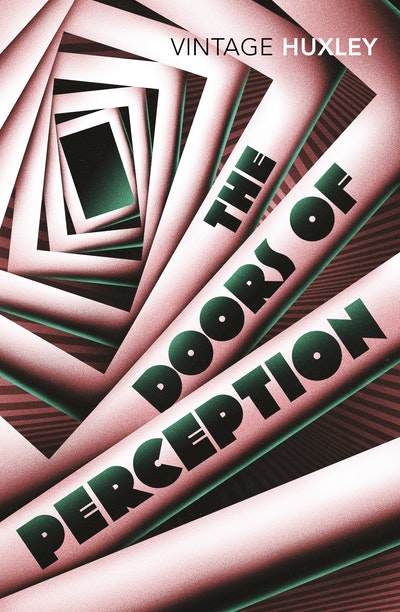
Moksha’ is also a term significant in Hinduism, Buddhism, and Jainism, symbolizing liberation from the cycle of birth, death, and rebirth (samsara). Paired with the Ram Dass-adjacent album title We Are Here, the record reveals a spirituality that may not have been part of Matt’s original intent.
Yet, a full listen unveils 11 emotionally rich tracks that gradually ascend in melody and depth with each progression. Does this interpretation resonate with Matt? “Absolutely. From the start of the album, it’s about coming home—grounding yourself and finding your center,” he reflects.
Rather than simply being a natural extension of studio sessions, We Are Here feels like a manifestation of Matt’s personal philosophy. It’s grounded, self-assured, and steeped in emotional resonance. It’s not an observation, it’s a statement: We Are Here.
Whether it’s guiding you toward spiritual nirvana or exploring the transcendence that comes with embracing the present, the album feels like a subtle form of aural healing. It feels grounded – like Matt, it knows what it is. That is a philosophy he injects into his work.
“The key is to find balance in yourself and understand that people’s opinions will vary,” Matt says. “Some will love your work, some won’t, and that’s okay. I always release music that I like, but there are a couple of tracks I’ve released that I no longer connect with.
Even though I don’t resonate with them anymore, I know someone else will. It’s about knowing that different people will connect with different things. You can’t predict how people will react, and that’s part of the challenge.”
If part of that challenge is to arrive at a destination called “here,” it’s clear that Matt arrived a long time ago.

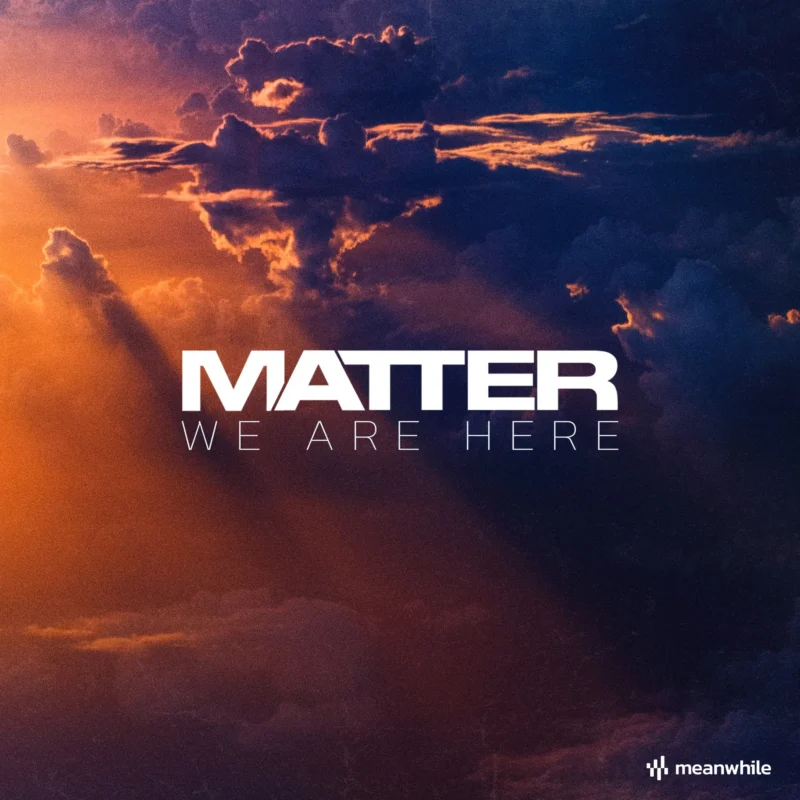
This was the first track where I dove straight into hardware, hit record, and made changes in the moment. Nothing was edited; I didn’t go back to tweak anything. You’ll notice the timing drifts a bit, but that was intentional.
I wanted it to feel organic, and I’m really happy with how it turned out. I even got a message recently from someone who said they’ve been listening to a one-minute clip I posted online on repeat. The feedback has been really positive for this one.”
Elsewhere is another track that’s very special to me—it was released on an EP earlier this year. I wrote it in about three hours, and it felt finished because I was so in the zone. It’s my favorite production of my own work. I love the thickness of the sound, the vocals, everything about it.
I actually have no idea what the vocals are saying. I’ve come up with about 10,000 different variations, but I love that it’s open to interpretation. It’s even better that I don’t fully understand it. It almost feels like a cheesy sample pack, but it’s layered with heavy reverb and probably pitched a bit. The vocals say ‘keep holding’ and ‘holding closer,’ and they just fit perfectly with the track. I’m really happy with how it all came together.
I remember playing it for Navar when I first made it. We were at a club, and when it played, his ears pricked up. He asked, ‘What is this?!”
Livid. That’s the track with the line, ‘Just have to… get high.’ It’s the opening track of the album. It’s a message to relax and enjoy the journey, especially if you’re into getting stoned. My wife works in the cannabis industry, so this definitely ties into that. It’s about medicinal cannabis—breaking the stigma. It’s a medicinal plant, after all. That track carries that message, and I have a soft spot for it.
